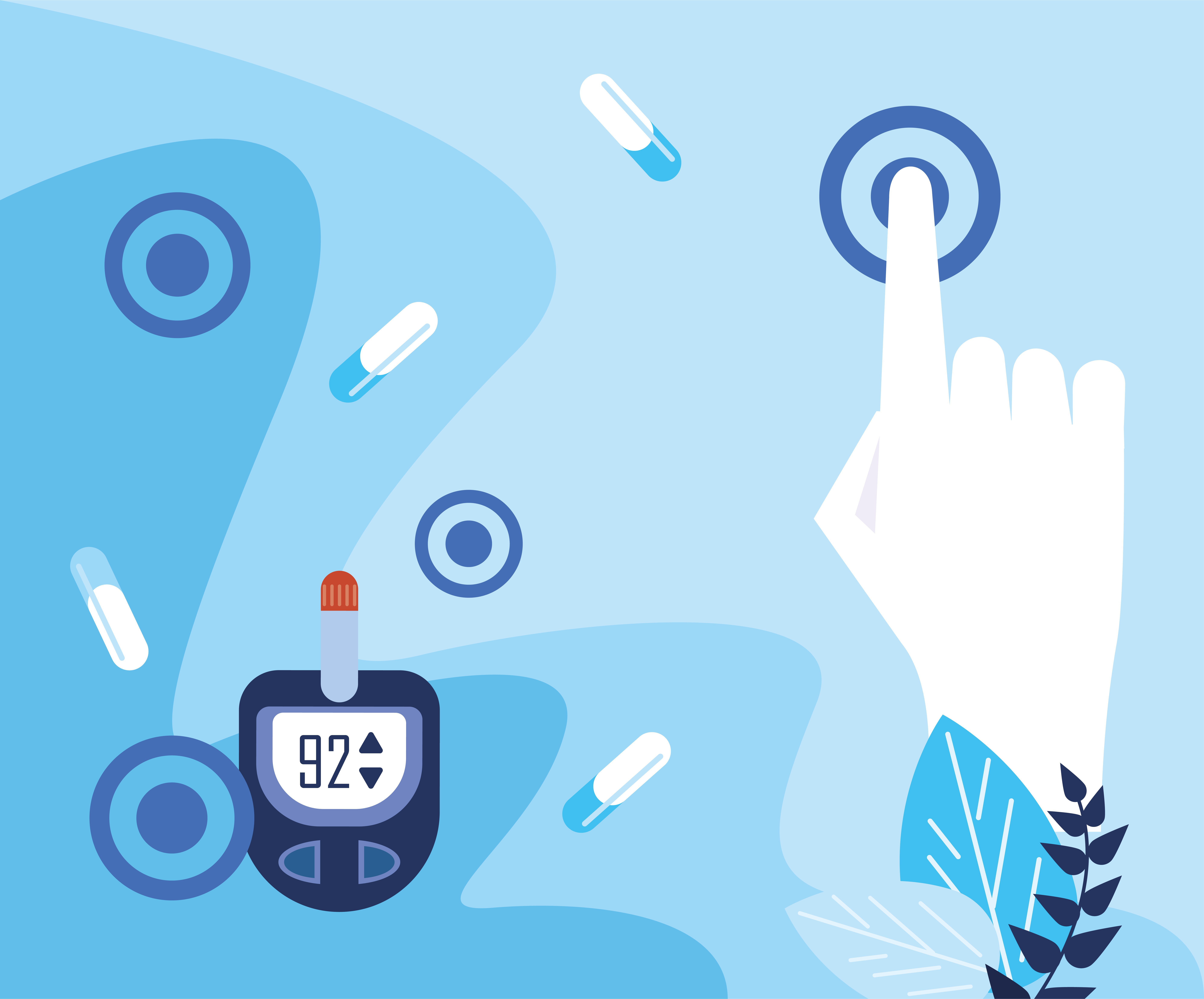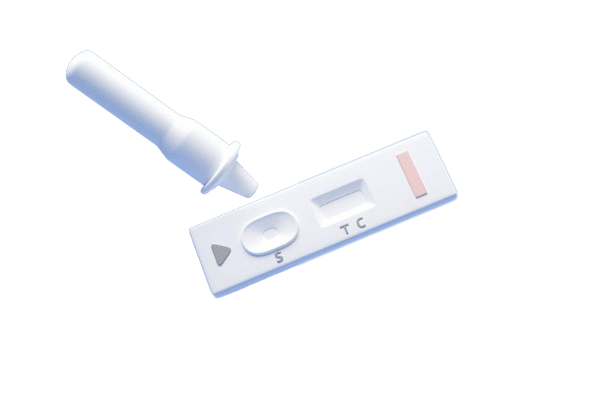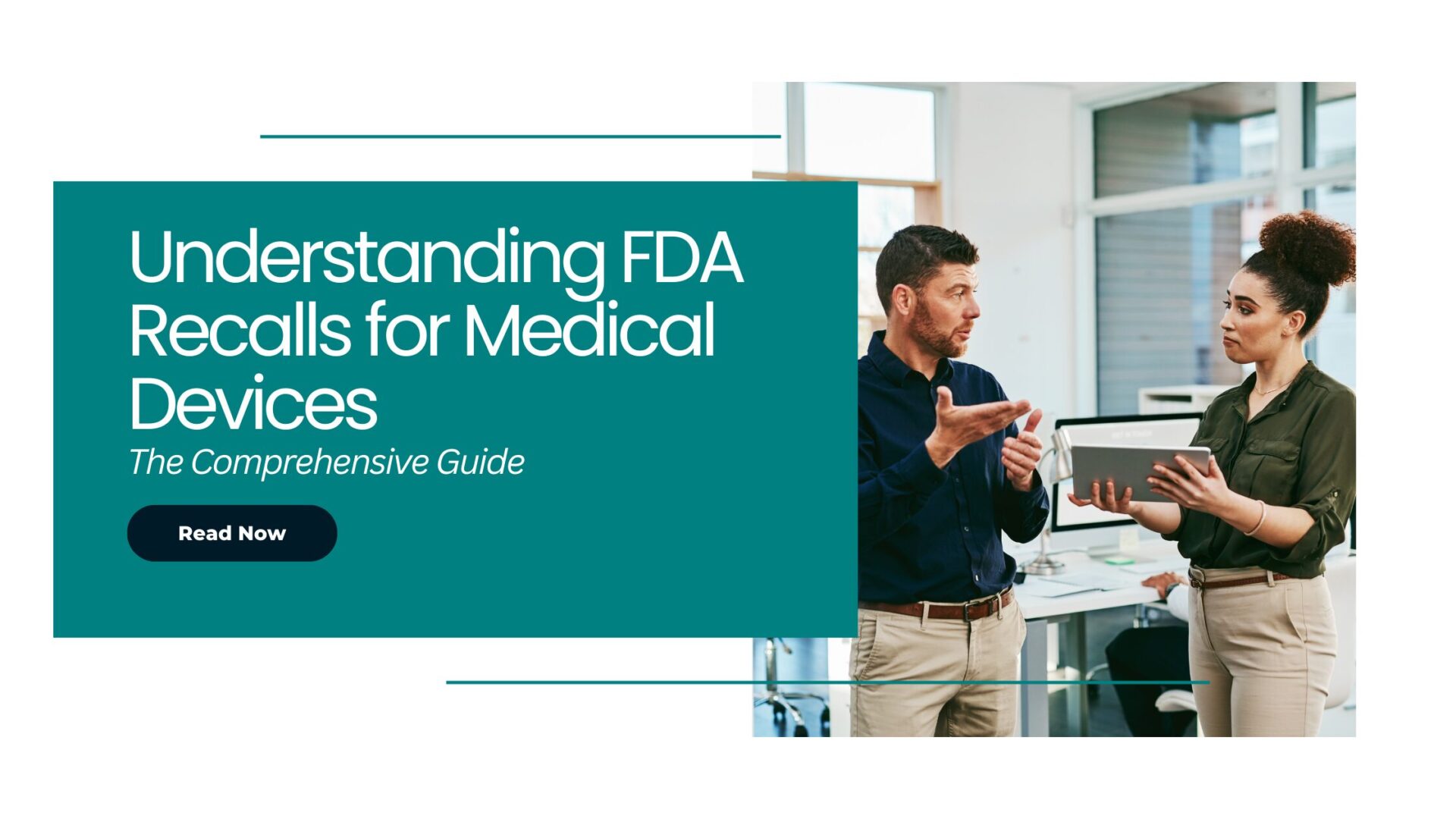A Companion Diagnostic (CDx) Device is often an In-Vitro Diagnostic (IVD) device that specifies the conditions for use of another product, like a drug or a biologic. A companion diagnostic may ensure the safety and effectiveness of a product. A CDx falls under the subset of biomarker-oriented testing. The test aids healthcare professionals in deciding if benefits of certain drugs or biologics will outweigh any potential severe hazards or side effects.

- Significance of CDx in Personalized Medicine
There are several ways, such as the following, in which CDx can be beneficial and vital in the efficient use of a drug or biologic.
- Determine which patients are most likely to encounter severe side effects after administering the therapeutic product.
- Determine which patients will profit most from the therapeutic product.
- To assess whether to adjust the treatment regimen (schedule, dose, or discontinuation) in order to improve safety or efficacy.
- Identify the patient group for which the therapy product has completed the requisite testing and has been found to be safe and effective.
In summary, it helps in narrowing the population for treatment to derive the best benefit of a diagnostic or therapeutic product with the least risk.
- Co-development Process
Therapeutic goods and IVDs are often manufactured on separate timelines, subject to different regulatory standards, and interact with the FDA review centers in different ways. Both manufacturers must have a basic awareness of the processes in order to combine the two development processes and allow for concurrent marketing authorization.
Co-development of diagnostic and therapeutic products is crucial for the progression of precision medicine. A set of principles that may be useful for efficient co-development and in meeting applicable regulatory requirements has been provided by the FDA to facilitate advancements in precision medicine.
- Considerations to be made for Co-development
- The need for a CDx could be identified in the early stages of a therapeutic product development.
- Emerging data from early-phase clinical trials or clinical use of a therapeutic product may identify an important safety issue that justifies the inclusion of a CDx.
- Approval of the therapeutic product may be postponed until a suitable CDx is granted marketing authorization if such a need arises.
- Availability of “market-ready” IVDs at the start of the clinical trial(s) that will help get the therapeutic product approved.
- Co-development should be carried out in a way that will make it easier to secure concurrent marketing authorizations for the therapeutic product and the related CDx.
- Since the need for a CDx can arise at any point of the development process, manufacturers should be aware of and plan for interactions with applicable agencies, and requirements for submissions to the agency.
- Investigational Use of CDx

In clinical trials of a therapeutic product, CDx devices are used to decide how to treat patients and are often regarded as investigational devices, unless they are utilized for the intended application for which they have previously received clearance or approval. As long as the investigational study is carried out in a manner that complies with both the requirements of the Investigational Device Exemption (IDE) and Investigational New Drug (IND) regulations, a diagnostic device and a therapeutic product can be studied jointly to support their respective approvals.
Moreover, it is advised that both manufacturers engage in conversations around the planned CDx. This will allow for a more focused and in-depth conversation regarding the validation of the CDx, and will assist in the planning of a thorough device PMA or 510(k).
- CDx Product Ownership
Since an authorized CDx should be readily available for usage after a therapeutic product receives regulatory approval (if its use is critical to patient safety and treatment efficacy), the therapeutic product manufacturer has the following options for CDx product ownership. This will ensure the timely readiness of the product and the availability of the corresponding regulatory approval.
- Develop their own CDx device;
- Partner with a medical device manufacturer to develop a CDx device;
- Modify an existing IVD diagnostic device (with that manufacturer’s approval) to accommodate the appropriate therapeutic product’s intended use.
- General regulatory policies
Regardless of whether a therapeutic product and associated CDx device are developed and manufactured by the same or separate companies, the following general rules apply:
- The regulatory process will be determined by the amount of risk to patients and the controls required to ensure safety and efficacy of the CDx.
- The amount of risk and the available measures to reduce risk will determine whether the CDx needs a PMA or a 510(k).
- If a diagnostic device is already placed in the market and the manufacturer wishes to sell their device for a new use as a companion diagnostic device for a novel therapeutic treatment, the FDA will most likely consider it a new use of the IVD diagnostic device and will necessitate a new premarket submission.
- New CDx devices intended to be used in the same way as an existing authorized CDx will be examined under a PMA or a conventional 510(k), as applicable.
- Regulations for CDx
Applications for a CDx device and its corresponding therapeutic product will be reviewed and approved according to applicable regulatory requirements:
- The CDx will be reviewed as per the FD&C Act and other apt medical device regulations.
- The therapeutic product will be reviewed as per the FD&C Act for drug products, Public Health Service Act for biological products, and relevant drug and biological product bodies such as CBER and/or CDER.
- IDE and IND regulations may also apply under the FDA for Investigational products.
- Labeling Guidelines
The FD&C Act mandates the labeling of:
- Therapeutic product
- Companion Diagnostic product
The labeling should include the information healthcare professionals may require to use the product. It is important that the labeling for a CDx device and its corresponding therapeutic product are complete and consistent, and so the FDA has the following requirements:
- Information about the use of a CDx should be included in the labeling of its corresponding therapeutic product
- Rather than a specific manufacturer’s CDx, the therapeutic product labeling should describe the use of an FDA authorized CDx. This will make it easier to create and employ multiple certified CDx devices for a single medicinal substance
- When a CDx is authorized and marketed after the therapeutic product is approved, the labeling on the therapeutic product should be amended to relate to the authorized CDx
Further, as detailed below, there are individual labeling requirements.
- Therapeutic Product Labeling

The labeling regulations for the drug and biological product emphasize the relevance of diagnostic tests in the safe and effective use of these products. The labeling requirements for pharmaceutical and biological goods state that therapeutic product labeling must at the very least contain the following details:
- Specific tests required for the selection or monitoring of individuals who require medication.
- Dosage adjustments for certain patient populations (such as those classified by genetic traits).
- Identification of any laboratory test(s) useful for monitoring a patient’s response or for identifying potential adverse reactions.
- Usage and indications, Dosage and Administration, Contraindications, Warnings and Precautions and Use in Specific Populations, as applicable.
- Companion Diagnostic Device Labeling
The intended purpose of the device must be stated on the labeling for an IVD. The therapeutic product(s) for which a Companion Diagnostic device has been approved or cleared for usage must thus be specified on the device. In addition, one must ensure that:
- When an IVD is approved or cleared for usage in conjunction with a therapeutic product, a PMA supplement or new 510(k) will be required to expand the CDx device labeling to cover additional device indications.
- When a CDx is authorized for use with a therapeutic product, evidence emerges that the use of that device is mandatory for the safe and effective use of a therapeutic product. The new therapeutic product should be added to the CDx labeling through the approval or clearance of a new premarket application (as applicable). Labeling of the therapeutic product should also be amended through the submission of a supplement.
- When a CDx is approved with one therapeutic product and evidence emerges that the same device is required for the effective use of a different therapeutic product, the CDx labeling should be amended to include the new therapeutic product through approval or clearance of a new premarket submission, as applicable. The therapeutic product’s labeling also has to be updated by submission of a supplement.
Conclusion
A biomarker test that has been validated, developed into an IVD, and approved as a companion diagnostic should facilitate the differentiation between individuals who will respond to a treatment and those who won’t. Such tests can eventually provide personalized information for treatment procedures. A rise in companion diagnostic products will certainly pave the path for several future developments in the field of precision medicine ensuring appropriate medicines are given to the right patient. The successful launch and implementation of CDx in various clinical areas will signify leaps and bounds of success in the clinical outcomes for several patients.
Want to place your Companion Diagnostic device in the US and international markets?
Elexes is here for your support. Each member of our diligent team has years of experience guiding clients through this process. To get your equipment and therapeutic products reviewed for compliance with applicable regulations, write to us at jennifer@elexes.com and we’ll be happy to assist you.
#elexes #healthcare #diagnostics #medicaldevices #usfda #internationalmarket #companion #therapeutics #ivd #ldt #pma





















